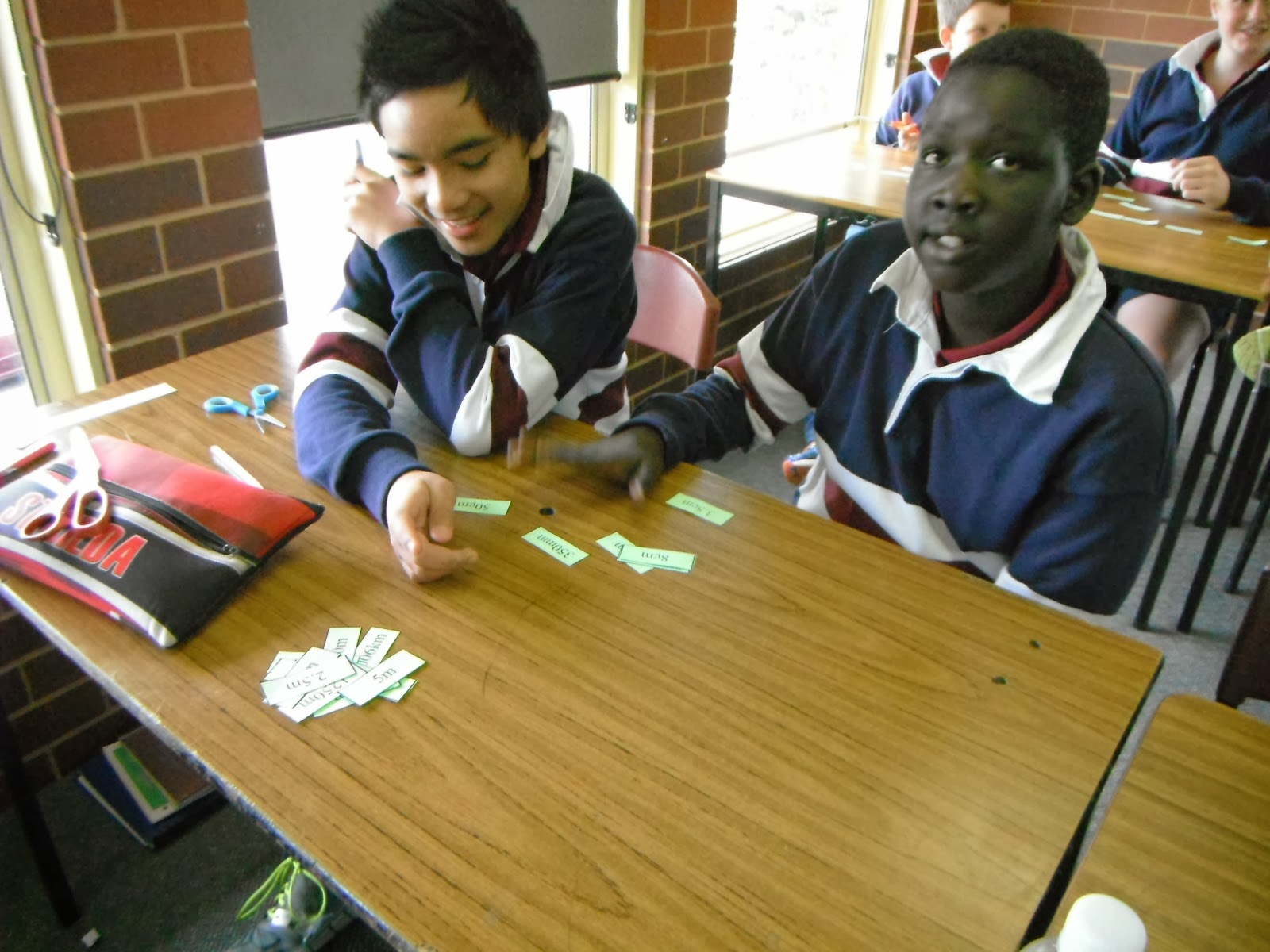What is the challenge for ESL students in the classroom?
Low ESL ability can lead to problems of unequal participation in the classroom. Some classroom members, more likely to be native English speakers, are more active and do more to guide and lead in classroom discussions. On the other hand, students with low ESL ability, due to their communication skills, can be perceived by their peers as having made little contribution to the classroom leading to the student incorrectly perceiving they don't have ideas to offer. Hence, the problem is that a student with high mathematical ability but low ESL ability can get side tracked by having their thinking and contributions dominated by more capable language, but not always more capable mathematics, students. Quite often this can lead to the low ESL ability student missing the point of assigned class work because they find it harder to discuss ideas with their peers and end up sitting back and playing a very passive role in the classroom, learning little from the experience. And this, what Elizabeth Cohen, calls perceived 'lower status' has the power to spread to new tasks and other subjects when there may be no rational connection between the abilities required to complete classroom work and the academic skill of the student.
In any school, with a high student ESL population or not, it is impossible to compose classes where all members have equal 'status'. In any classroom of twenty students you'll rarely find that each student contributes one-twentieth of the on task discussion of work being undertaken. If teachers group students by language proficiency, then how does the teacher address academic differences? And if they group by academic ability, how can they be sure that everyone understands the language of instruction? I believe the answer lies in good classroom design
Good classroom design
Good group work design can offer a tool for the attainment of both English language and the subject being taught in the classroom. English language learning is accelerated when learners have meaningful interaction with peers who are native speakers of the language.
The design principles involved that effectively include ESL students are as follows;
i) Structure classroom tasks so that their successful completion relies upon full group participation. In groups of four, students are given specific roles such as facilitator, checker, note taker and reporter which insures that no one is left behind or becomes disengaged from learning
ii) Use classroom materials that enhance meaningful student participation. If the task is rich with context, representations (ie numbers, graphs, pictures, tables) and manipulatives, it is possible to place students who share a minimal common language in the same group.
 |
| Having ESL students work on manipulatives in groups encourages peer communication. |
iv) Train students to co-operate, but not at the expense of taking time away from teaching the maths curriculum - activities such as the maths game Broken Circles are designed to help students work as a group. With skill development, students are then able to participate in many additional activities that stimulate lively discussions. When students are taught to group problem solve their barriers to learning due to low ESL are lowered because they now have access to each other as resources.
No comments:
Post a Comment